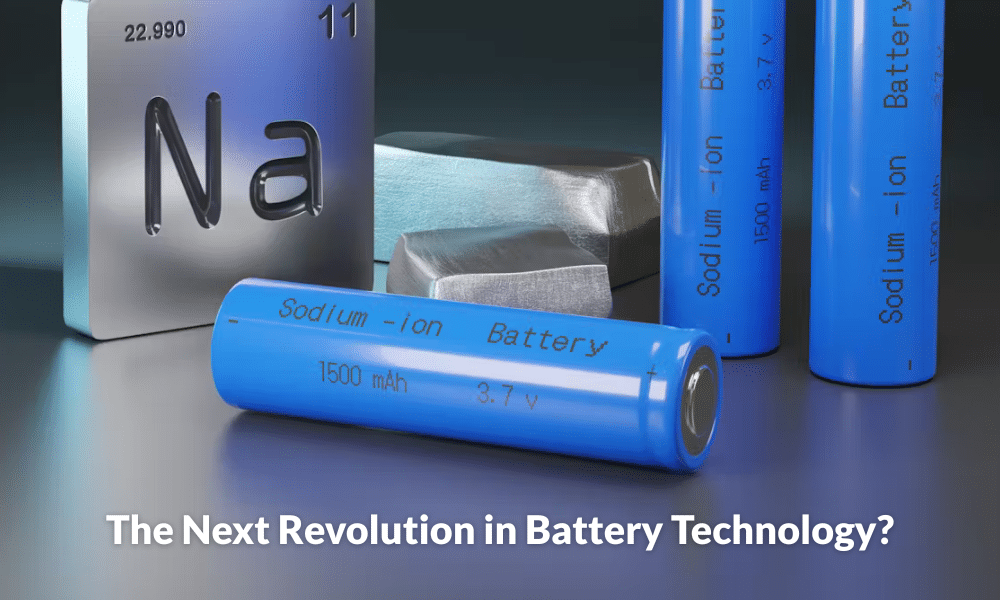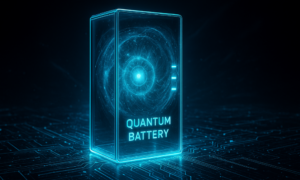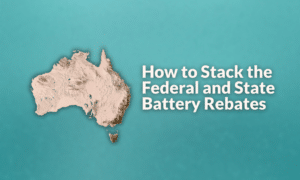When it comes to battery buzz, lithium usually steals the spotlight. But there’s a new contender gaining serious ground: sodium-ion batteries. And it’s not just science fiction — these alternatives are real, reliable, and ready to shake things up. From cost savings to safety, sodium-ion tech might just be the unsung hero of our clean energy future.
What are sodium-ion batteries?
Sodium-ion batteries work much like lithium-ion ones. They both move ions between electrodes during charging and discharging. The key difference? Sodium is far more abundant than lithium. That means it’s cheaper and easier to source, especially for countries like Australia that want to secure domestic supply chains.
Efficiency: Keeping up with lithium-ion
Let’s be honest — lithium-ion batteries still lead the pack in terms of energy density. But sodium-ion batteries aren’t far behind. Thanks to major advances in materials science, modern sodium-ion batteries are achieving up to 160 Wh/kg, compared to around 180–250 Wh/kg for lithium-ion. For everyday uses — like stationary storage, light transport and grid applications — sodium is more than good enough.
Also, sodium-ion batteries perform better in cold climates than lithium-ion. That’s handy for applications in alpine regions or refrigerated transport.
Safety: A serious edge
Here’s where sodium-ion batteries really shine. They’re more stable and less prone to overheating or catching fire. That’s partly because they don’t use the same flammable electrolytes found in lithium-ion models. For large-scale storage or consumer products, that’s a big win.
On top of that, sodium batteries can be fully discharged without damage. So there’s no need for complex battery management systems to prevent deep discharge, making them simpler and potentially cheaper to maintain.

Applications: From grid to gadgets
Sodium-ion batteries are finding their groove in a range of applications:
- Grid-scale storage: Ideal for balancing renewable energy, especially solar and wind. Their safety and affordability make them attractive for utilities.
- Home energy storage: For Aussies looking to go off-grid or slash power bills, sodium-ion is emerging as a solid alternative to lithium.
- Electric bikes and scooters: While not yet widespread in EVs, sodium-ion batteries are already powering smaller transport in Asia and Europe.
- Consumer electronics: Several brands are exploring sodium-ion for phones and devices where safety and long cycle life matter.
The sustainability factor
Sodium-ion batteries are less resource-intensive than their lithium counterparts. Mining lithium (and cobalt) often raises environmental and ethical concerns. Sodium, on the other hand, can be extracted from salt — something we have plenty of in Australia. That makes it a greener, more sustainable choice.
Even the electrodes in some sodium-ion designs use hard carbon made from biomass waste. That’s circular economy thinking in action.
How do they compare?
| Feature | Sodium-Ion | Lithium-Ion |
|---|---|---|
| Energy Density | Lower (100–160 Wh/kg) | Higher (180–250 Wh/kg) |
| Cost | Lower | Higher |
| Safety | Very high | Moderate to high |
| Cold Weather Perf. | Better | Lower |
| Resource Abundance | Very high | Moderate |
| Scalability | High | High |
Not without limits
Of course, it’s not all smooth sailing. Sodium-ion batteries are heavier, which limits their appeal for electric vehicles, at least for now. They also have a shorter track record, which means we’re still learning about long-term performance.
But for many use cases, especially stationary energy storage, these drawbacks aren’t deal-breakers. In fact, they might be worth the trade-off for the added safety and lower cost.
The future of sodium-ion in Australia
With our growing renewables sector and abundant sodium resources, Australia is well-placed to lead in sodium-ion battery development. Companies like Altech Chemicals and Faradion are already making moves in this space.
Add to that the push for energy security, rising lithium costs, and the need for safer storage, and the future looks bright for sodium-ion.
Should I wait for sodium-ion batteries or purchase lithium-ion now?
The inevitable question that follows the discussion around sodium-ion is, ‘Should I wait or invest in current battery technology?’. Lithium-ion used in the latest battery storage technology is safe and proven. Waiting for sodium-ion technology could mean years of energy that you have not saved or used. Our advice would be to add battery storage now if you are ready to do so. There will always be an ‘upgraded’ version of any appliance or device that you purchase, so waiting for the right tech could mean that you miss out on the opportunities available now.
Final charge
Sodium-ion batteries won’t replace lithium overnight. But they’re fast becoming a key player in the energy mix. Affordable, safe, and sustainable — they offer exactly what the clean energy transition needs.
For Aussies thinking long-term, sodium-ion might just be the battery bet worth backing – though, don’t wait around if your home or business is ready to capitalise on battery technology now.














































